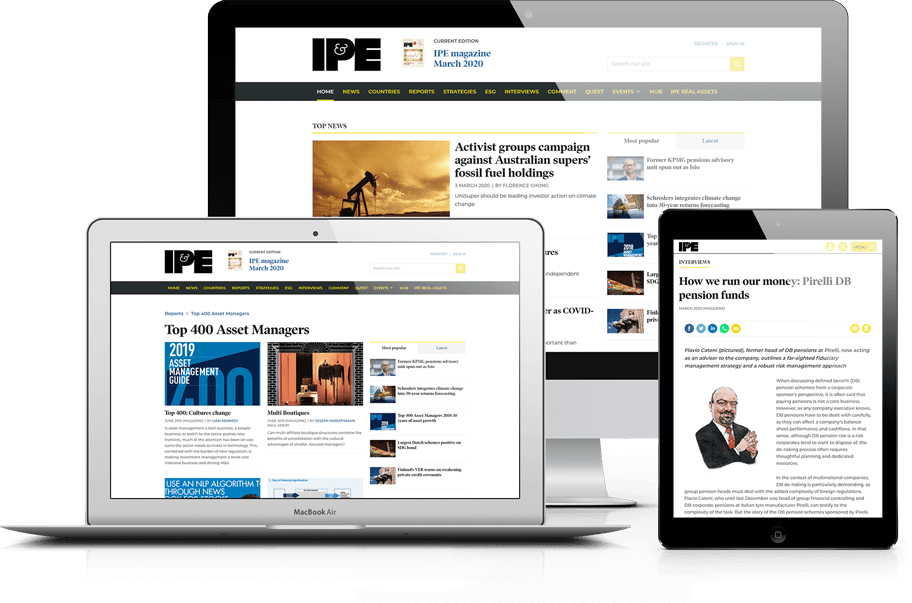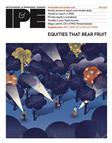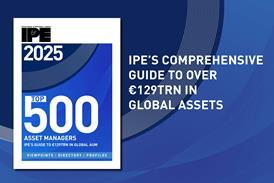Foundations on a firmer footing
Sweden’s stiftelsen, the foundations that underpin much of the country’s university research, are at a crossroads. They were charged initially with protecting and, if possible, growing their capital. They have done this successfully, more successfully perhaps than anyone expected. This is reflected in the lengths of their lifetimes, which have ...
You have now reached your article limit
Already a registered user or member? Sign in here
To continue reading, register free today for access
Registration also includes access to

Five reasons to register today
- Access to IPE articles from our award-winning editorial team
- Unique IPE market data, rankings and tables
- In-depth interviews with pension fund leaders
- Extensive coverage of latest asset class trends
- Comprehensive archive of data, research and intelligence








